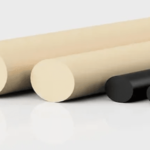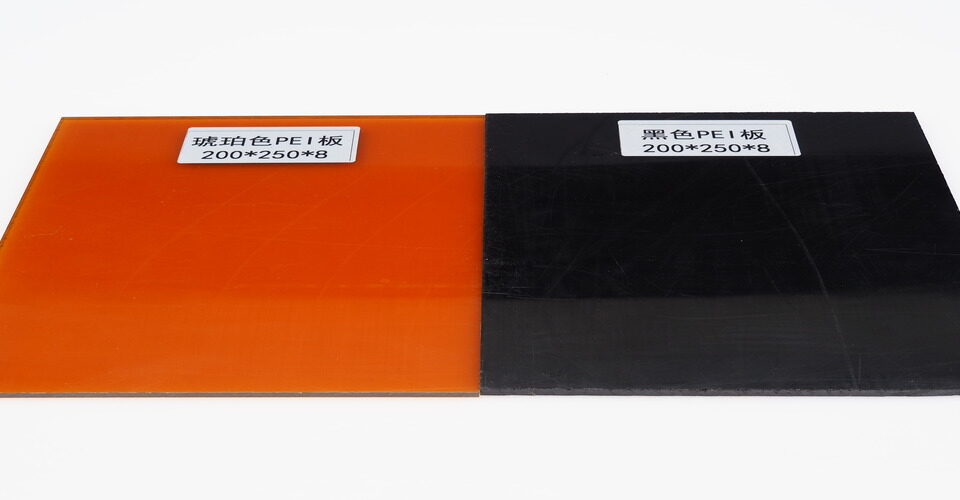
What is PPS Plastic?
October 9, 2024
Is FEP Better or PTFE?
October 10, 2024Introduction
PTFE (Polytetrafluoroethylene) and PPS (Polyphenylene Sulfide) are two distinct polymers widely used in various industries due to their unique properties. Understanding their differences can help in selecting the right material for specific applications.
Chemical Structure
PTFE is a fluoropolymer with a carbon-fluorine backbone, making it highly resistant to chemicals and thermal degradation. In contrast, PPS is an engineering thermoplastic characterized by a rigid aromatic structure, which provides excellent mechanical strength and stability at high temperatures.
Thermal Stability
PTFE has a high thermal stability, with a continuous service temperature up to 260°C (500°F). It is ideal for applications involving extreme heat. PPS, while also offering good thermal resistance, can operate effectively at temperatures around 200°C (392°F) and is known for its dimensional stability and mechanical integrity under heat.

Chemical Resistance
PTFE is renowned for its exceptional chemical resistance, making it suitable for corrosive environments. PPS, while also chemically resistant, does not perform as well against certain strong solvents but is better suited for applications where mechanical strength is crucial.
Applications
PTFE is commonly used in non-stick coatings, seals, and gaskets due to its low friction and anti-adhesive properties. PPS finds applications in automotive and electrical components due to its high strength and thermal properties.
Conclusion
Choosing between PTFE and PPS depends on the specific requirements of the application, including temperature, chemical exposure, and mechanical strength needs.






